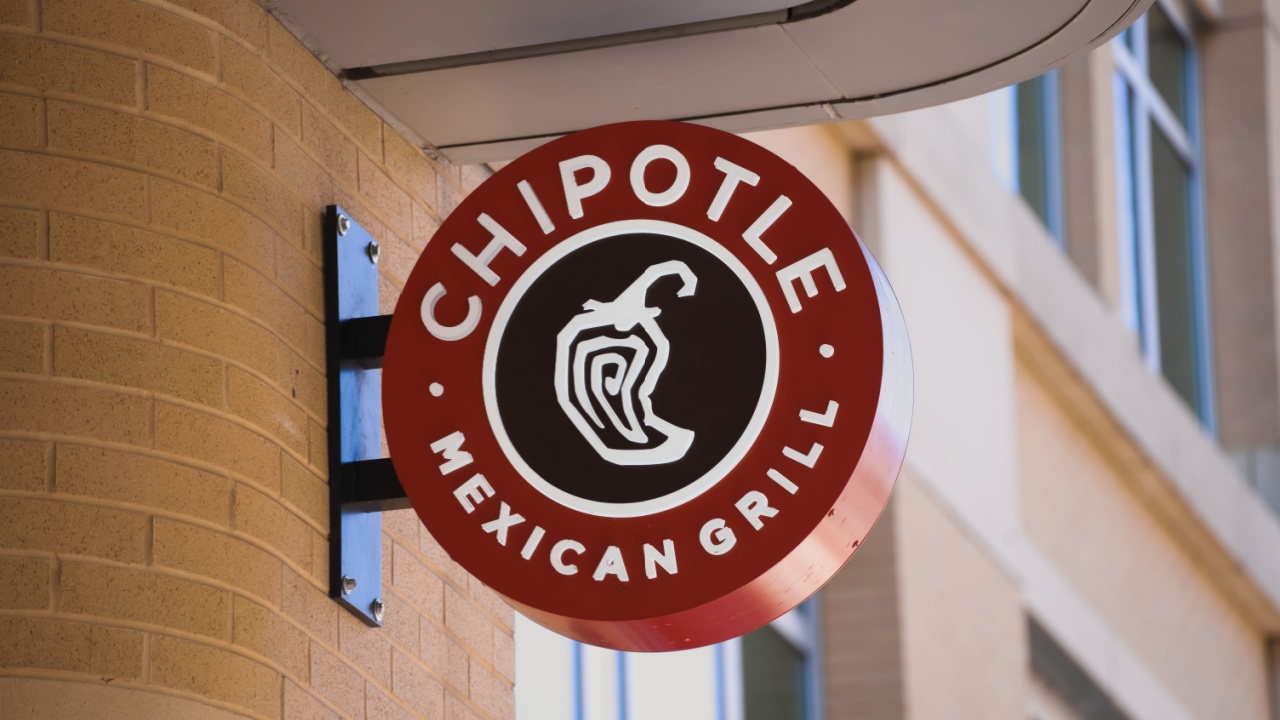Metlife Inc (MET) Says See You in Court, Uncle Sam!
Photo Credit: thecrazysquirrel
Before I start tonight, I just wanted to mention that I was on South Korean radio a few days ago, on the main English-speaking station, talking about Helicopter Money. If you want listen to it or download it as a podcast, you can get it here. It’s a little less than 11 minutes long.
-=-=-=-=-=-=-=-=-=-=-=-=-=-=-=-=-=-=-=-=-=-=-=-=-=-=-=-=-=
The bravery of Steve Kandarian and the executives at Metlife Inc is a testimony to something I have grown to believe. Frequently the government acts without a significant legal basis, and bullies companies into compliance. If a company is willing to spend the resources, often the government will lose, when the laws are unduly vague or even wrongheaded.
[drizzle]This was true also in a number of the allegations made by Eliot Spitzer. Lots of parties gave in because the press was negative, but those that fought him generally won. Another tough-minded man, Maurice Raymond “Hank” Greenberg pushed back and won. So did some others that were unfairly charged.
MetLife won its case against the Financial Stability Oversight Council [FSOC] in US District Court. The government will likely appeal the case, but though I have been a bit of a lone voice here, I continue to believe that Metlife Inc will prevail. Here’s my quick summary as to why:
- The FSOC’s case largely relies on the false idea that being big is enough to be a systemic risk.
- Systemic risk is a mix of liquidity of liabilities, illiquidity of assets, credit risk, leverage, contagion, and lack of diversity of profit sources.
- Liquidity of liabilities is the most important factor — in order to get a “run on the bank” there has to be a call on cash. Life insurers have long liability structures, and it is very difficult for there to be a run. People would have to forfeit a lot of value to run.
- Contrast that with banks that use repo markets, and have short liability structures (w/deposit insurance, which is a help). Add in margining at the investment banks…
- The only life insurers that suffered “runs” in the last 30 years wrote lots of short-term GICs. No one does that anymore.
- Life insurers invest a lot of their money in relatively liquid corporates, and lesser amounts in illiquid mortgages. Banks are the reverse.
- Leverage at life insurers is typically lower than that of banks.
- Insurers make money off of non-financial factors like mortality & morbidity. Banks run a monoculture of purely financial risk. (Okay, increasingly many of them make money off of “free” checking, and then kill their sloppy depositors who overdraw their accounts… as I said to one of my kids, “Hey, your best friend “XXX bank” sent you a love note thanking you for the generous gift you gave them.”)
- That makes contagion risk larger for banks than life insurers — banks often have more investments across the financial sector than insurers do.
- Life insurers tend to be simpler institutions than banks. There is less too-clever-for-your-own-good risk.
- State regulators are less co-opted than Federal regulators. They also employ actuaries to analyze actuaries. (At least the better and larger states do.)
- Finally, life insurers do more strenuous tests of solvency and risk. They test solvency for decades, not years. They have actuaries who are bound by an ethics code — the quants at the banks have no such codes, and no responsibility to the regulators. The actuaries with regulatory responsibility serve two masters, and though I had my doubts when the appointed actuary statutes came into being, it has worked well. The problems of the early ’90s did not recur. The insurance industry generally eschewed non-senior RMBS, CMBS and ABS in the mid-2000s, while the banks loved the yieldy illiquid beasties, and lost as a result.
Anyway, that’s my summary case. I haven’t always been a fan of the industry that I was raised in, but the life insurers learned from their past errors, and as a result, made it through the financial crisis very well, unlike the banks.
PS — there are some things I worry about at life insurers, like LTC and secondary guarantees, but I doubt the FSOC could figure out how big those are as an issue. A few companies are affected, and I’m not invested in them. Also, those risks aren’t systemic.
Full disclosure: long ENH NWLI BRK/B GTS RGA AIZ KCLI and MET
[/drizzle]










